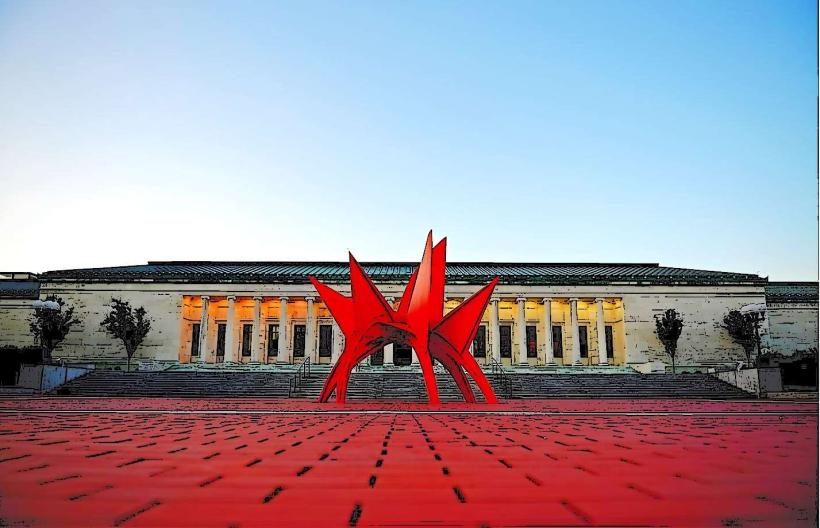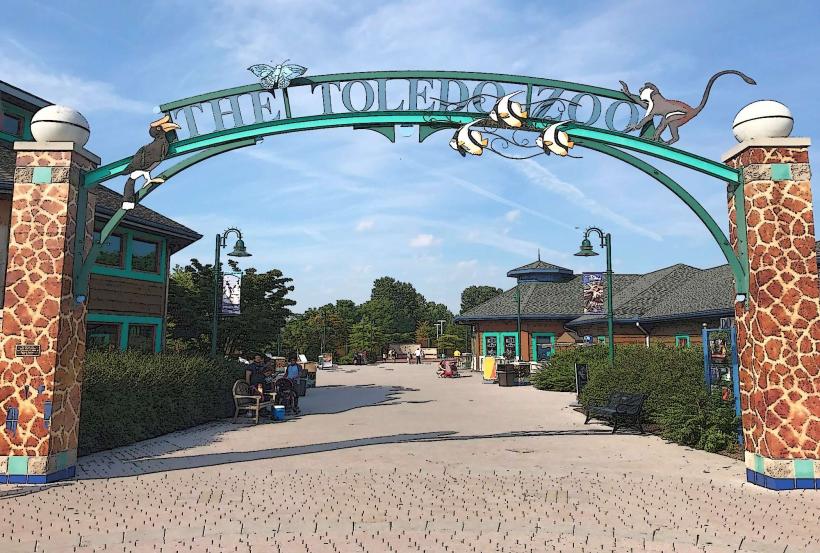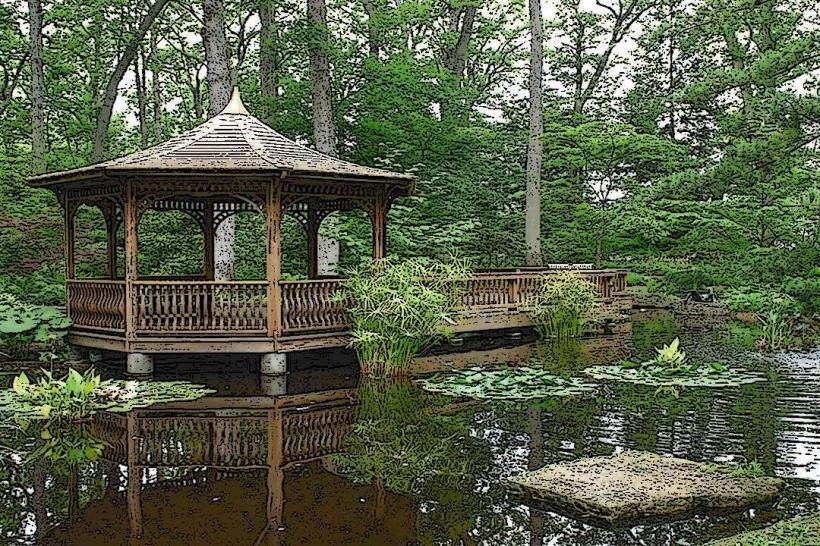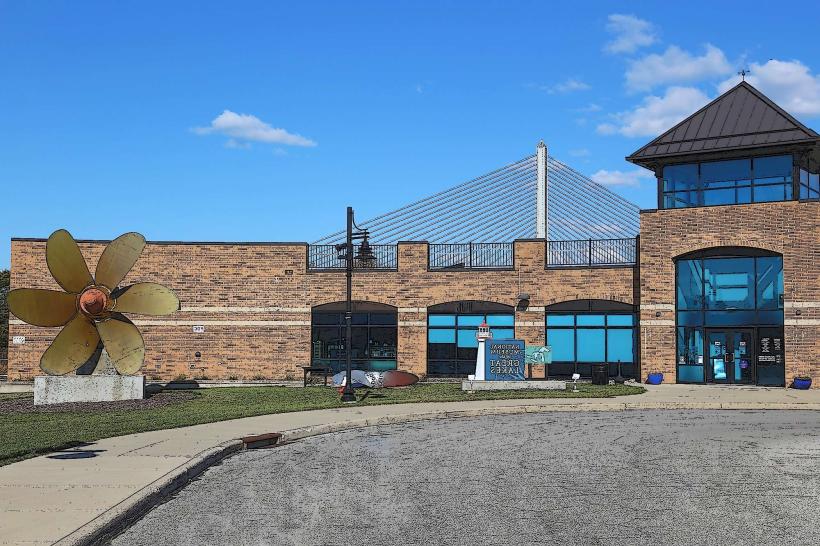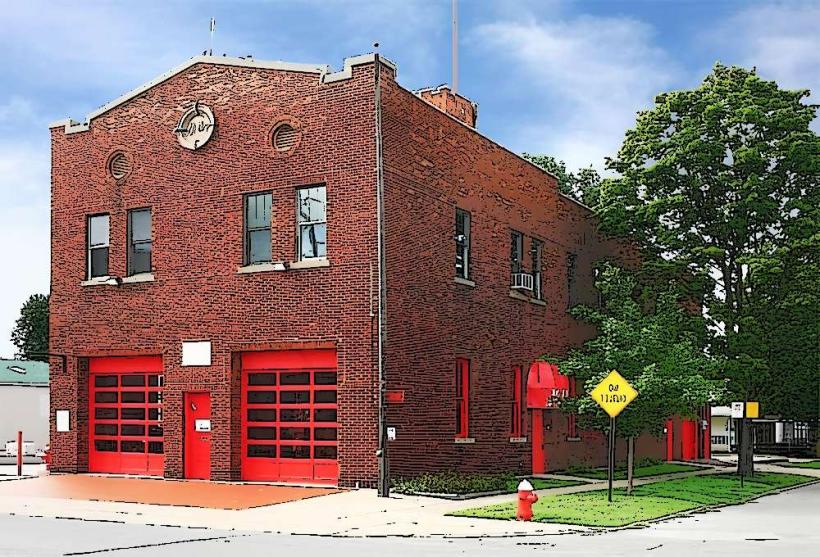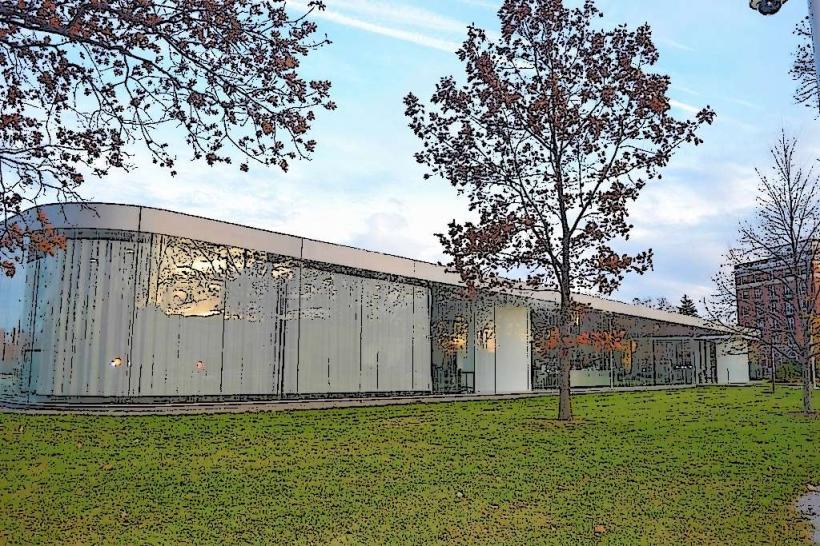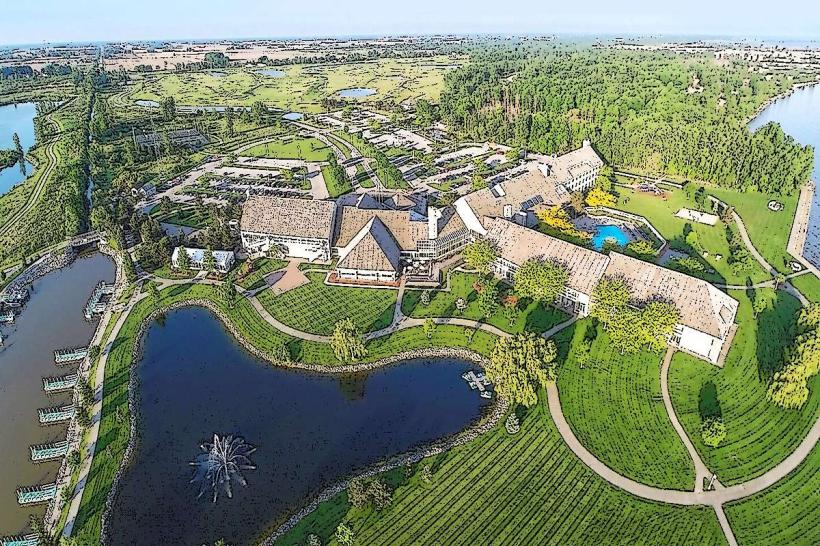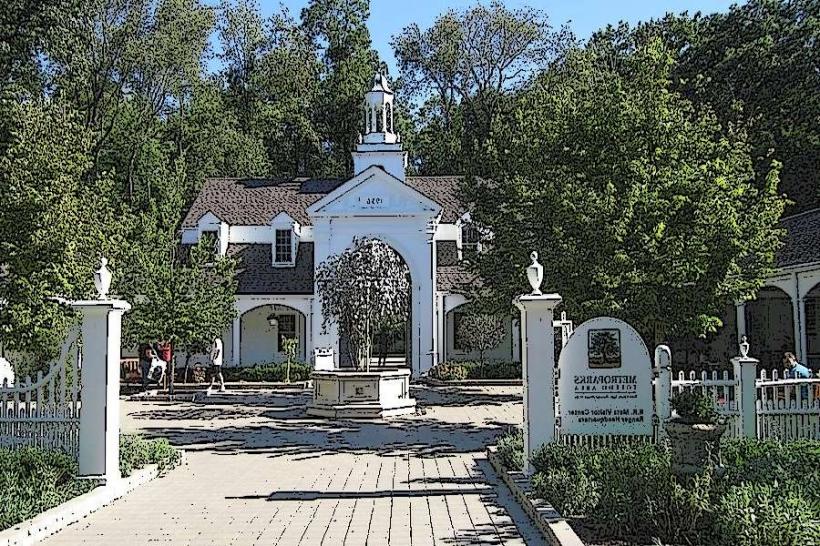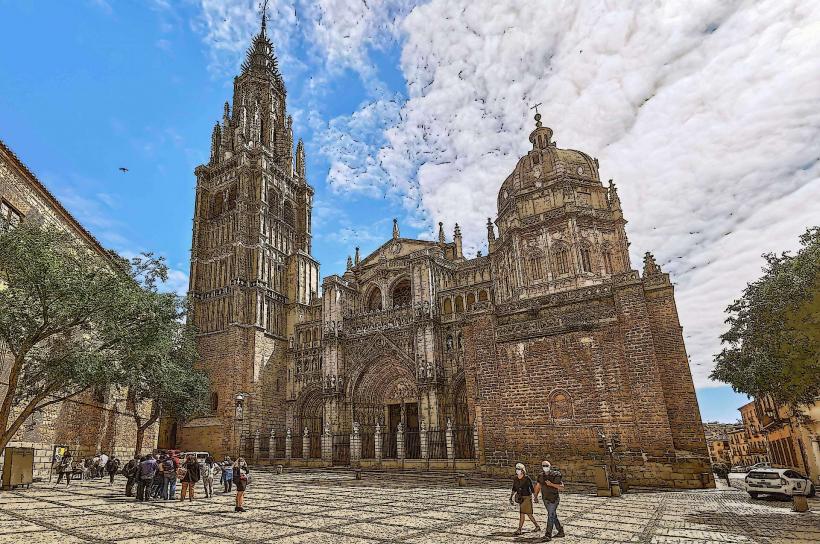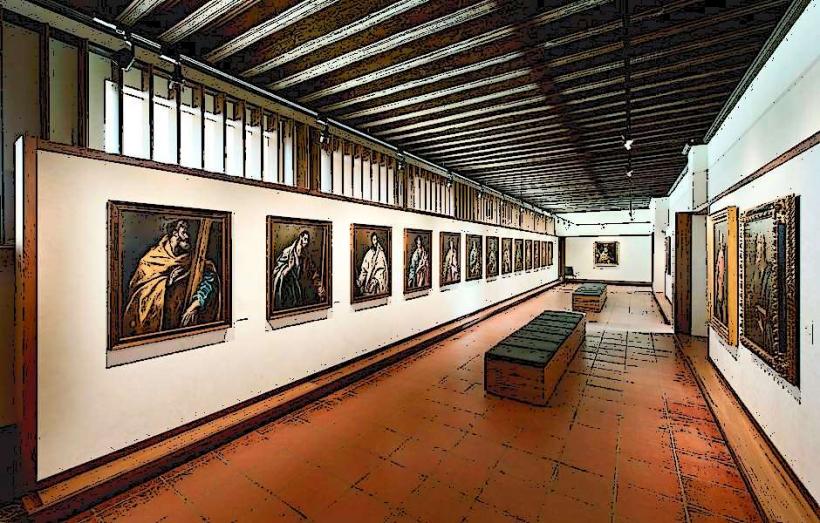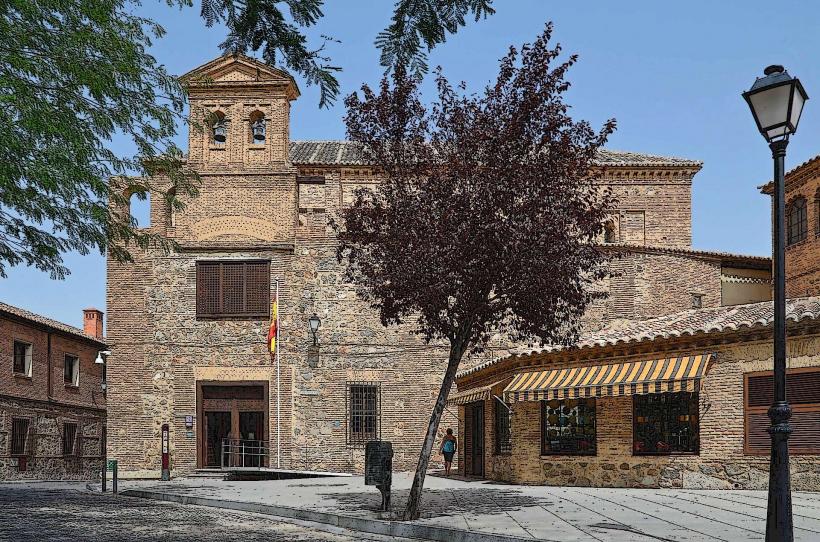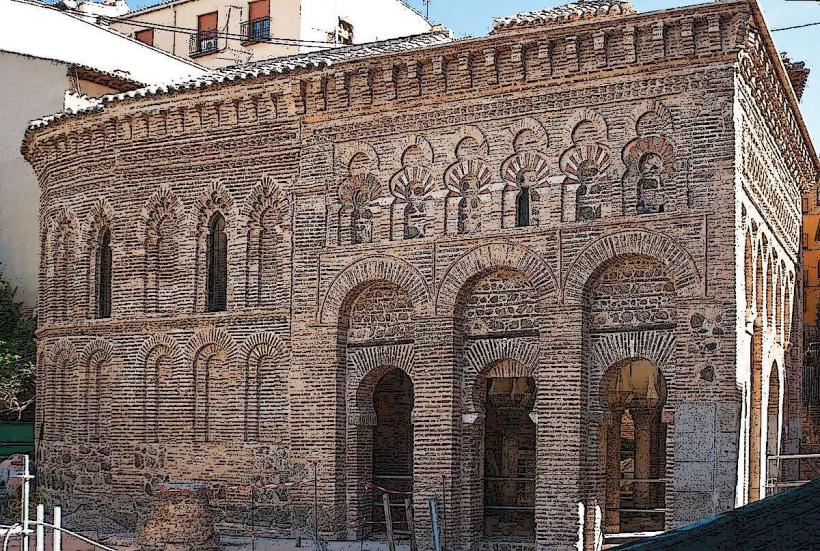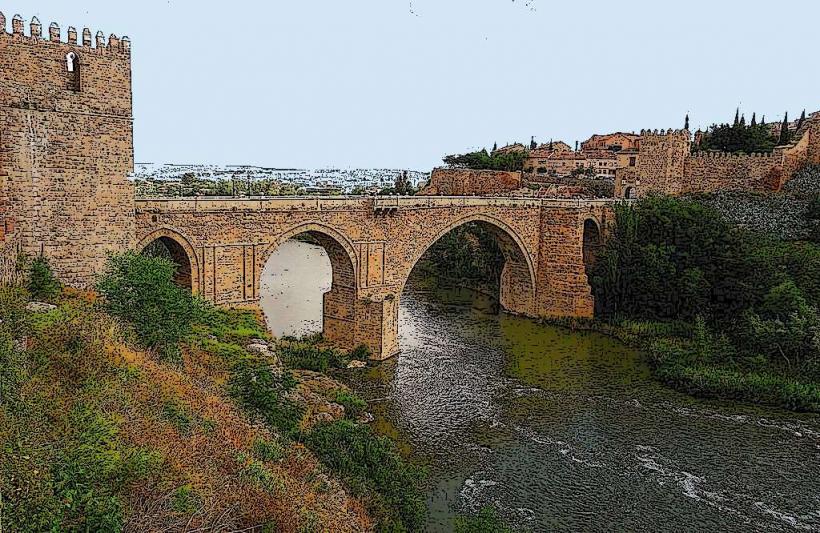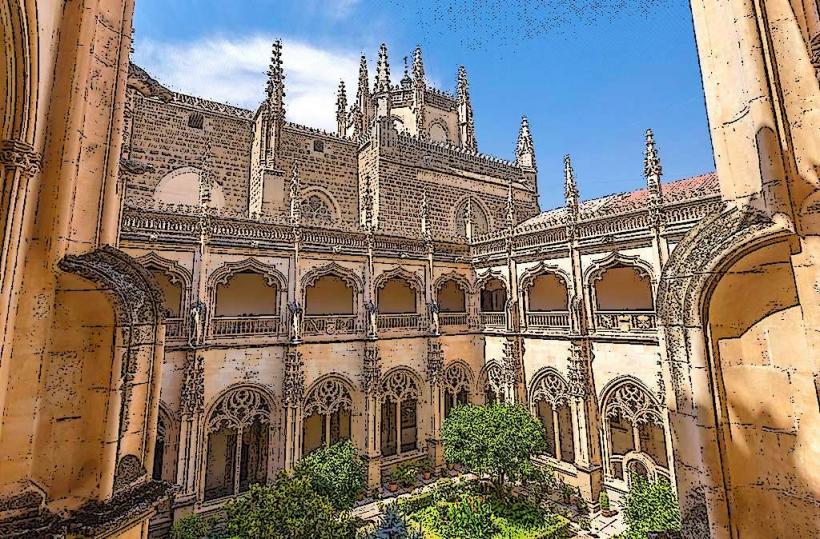Information
Landmark: Alcazar of ToledoCity: Toledo
Country: Spain
Continent: Europe
Alcazar of Toledo, Toledo, Spain, Europe
Overview
Rising above the city, the Alcázar of Toledo stands as one of Toledo’s most iconic and storied landmarks, its stone walls catching the golden afternoon light, then the Alcázar crowns the hill, looking out over rolling fields and winding streets, and for more than a thousand years it’s shaped the city’s history.The Alcázar, once a fortress and royal palace, stands as a powerful emblem of Toledo’s history, from Roman stone foundations to the gunfire of the Spanish Civil War, meanwhile the Alcázar dates back to the Roman era, when it first rose as a sturdy stone fortress, built to guard the empire’s soldiers.Over the centuries, the structure has been rebuilt and expanded again and again, once housing royal courts under one ruler and later echoing with the clang of soldiers’ boots under another, moreover under Visigothic rule, the Alcázar served as a royal residence; when the Moors took control from 711 to 1085, its thick stone walls and high towers turned it into a key military stronghold.After King Alfonso VI captured Toledo in 1085 during the Reconquista, it retained its dual role as royal home and fortress, consequently in the 16th century, the Habsburgs renovated it extensively, adding elegance and grandeur to what had once been purely defensive.Under Charles V, the Alcázar saw current additions, yet it still functioned as a military stronghold; the fortress looms in a rectangular block, each corner anchored by a towering stone turret, simultaneously the structure blends Renaissance, Baroque, and Mudejar elements, a mix that reveals centuries of building and the many cultures that left their mark, like sunlight catching on a carved stone arch.Key features of the Alcázar include its imposing front, where perfect symmetry frames the Renaissance-style stonework that catches the late afternoon light, on top of that the stonework twists with intricate detail, its walls bristling with battlements and pierced by machicolations-tiny openings once used to rain stones or pour scalding oil on anyone below.The Alcázar rises with four sturdy corner towers, each one opening onto a sweeping view of Toledo and the wide, sunlit plains beyond, on top of that these towers once stood to guard the city, but today they offer visitors sweeping views-rooftops, winding streets, and the hills beyond.Inside the Alcázar, a series of courtyards, sunlit galleries, and echoing rooms unfolds, many carefully restored to highlight the palace’s rich history, furthermore the building combines the rigid lines of a fortress with the ornate arches you’d expect in a royal palace.Curiously, The Alcázar stands as a striking example of military architecture, its thick stone walls cool to the touch, bristling with fortifications and built to withstand any attack, equally important built to endure long sieges, it shielded its people and the city beyond its walls.The Alcázar has stood at the heart of Spain’s story, shaping events far beyond its days as a fortress or a royal home, then one, somewhat Spanish Civil War (1936–1939): The Alcázar faced its most dramatic moment in 1936, when gunfire echoed off its stone walls during a famous siege, in addition after Republican forces surrounded the fortress for months, the Alcázar emerged as a powerful emblem of Nationalist resistance, its stone walls scarred by shellfire.Pounded by artillery and cut off on all sides, the Nationalists under General José Moscardó clung to the Alcázar’s stone walls until help finally broke through; the siege turned the fortress into a stark emblem of their resolve, a victory Francisco Franco and his supporters proudly hailed, in turn today, a museum stands to tell the story of the siege and why it mattered in the broader sweep of the Civil War, its walls lined with worn maps and faded photographs.Over the centuries, the Alcázar also served as home to Spanish kings and the command post for powerful military leaders, subsequently it once served as the headquarters of Spain’s Royal Guard, its stone walls and high towers giving it the strength of both fortress and palace at the heart of the nation’s military and political life.Today, the Alcázar stands as a landmark and home to Toledo’s Army Museum (Museo del Ejército), in conjunction with the museum brings Spain’s military past to life, from rusted swords dug out of ancient battlefields to sleek jets used in modern combat.Visitors wander through galleries and tucked-away rooms that trace Spanish warfare from the clang of Roman swords to the smoke of the Civil War-and even further, also today, the Alcázar serves as the Army Museum, where visitors wander past gleaming swords, dented armor, faded battle maps, and oil paintings, each piece telling a chapter in Spain’s military story and tracing the evolution of its warfare.Interestingly, The museum’s Spanish Civil War section focuses on the Siege of the Alcázar, bringing the battle to life through detailed exhibits and interactive stations filled with photographs, worn letters, and gripping firsthand stories, moreover many rooms in the Alcázar have been brought back to their original splendor, from the gilded royal apartments to the austere military offices, giving visitors a vivid sense of its life as both a palace and a fortress.From the Alcázar’s upper terraces and towers, you can gaze out over Toledo’s rooftops, watch the Tagus River glint in the sun, and perceive the rolling countryside stretch to the horizon, also from these lookout points, visitors can grasp why the Alcázar’s spot matters-how it towers over the city, with streets and rooftops spread out below.Visitor Information Location: The Alcázar of Toledo sits high on a hill in the heart of the city, its stone walls catching the afternoon sun as it looks out over Toledo, moreover you can reach it from the antique town in minutes-meander past the stone archway or hop on a bus, occasionally The Alcázar opens every day, though its hours shift with the season, at the same time check the official website for the latest opening hours and ticket prices, as these can change.You’ll usually need to pay an entry fee to spot the Alcázar and the Army Museum, though students, seniors, and groups often get a discount, equally important guided tours are available if you want to explore the Alcázar’s long, layered history-imagine standing in a room where centuries of soldiers once passed.These tours often reveal the building’s role in military history and trace how it’s changed over the centuries, equally important in the end, the Alcázar of Toledo stands as a magnificent fortress, its stone walls steeped in stories that echo through time.From its Roman foundations to centuries as a royal palace, fortress, and wartime emblem of defiance in the Spanish Civil War, the Alcázar opens a vivid window onto the layered history of Toledo and all of Spain, as well as whether you’re drawn to military history, royal heritage, or the pulse of Spanish culture, the Alcázar belongs on your Toledo itinerary-with centuries-aged stone walls and sweeping views that catch the sunlight over one of Spain’s most graceful cities.
Author: Tourist Landmarks
Date: 2025-08-18

